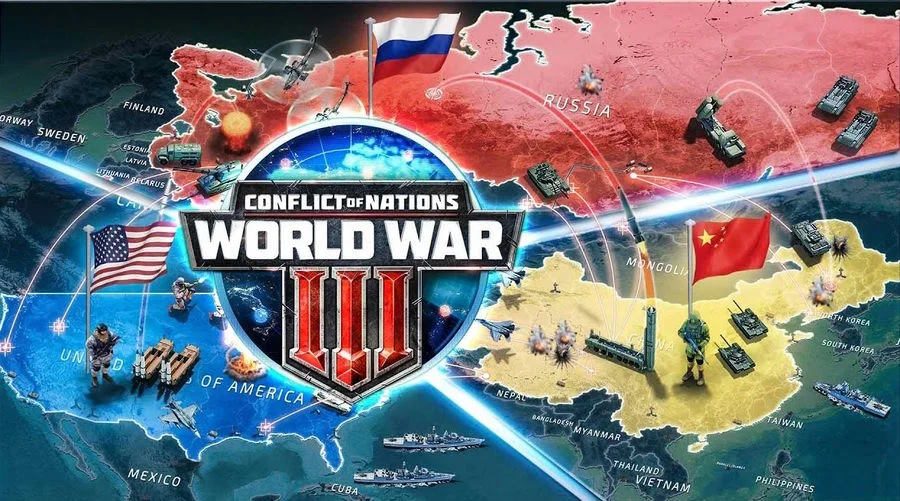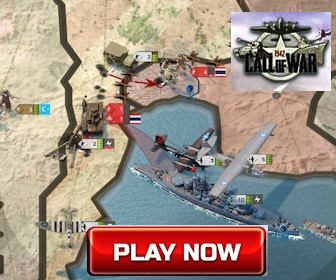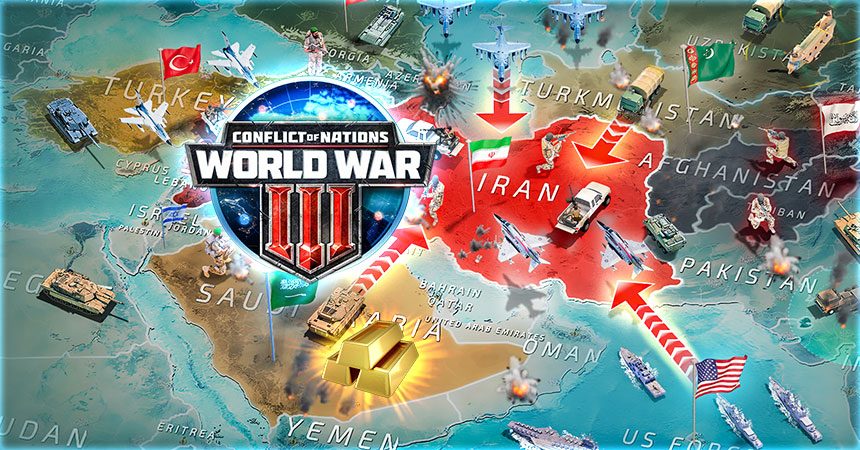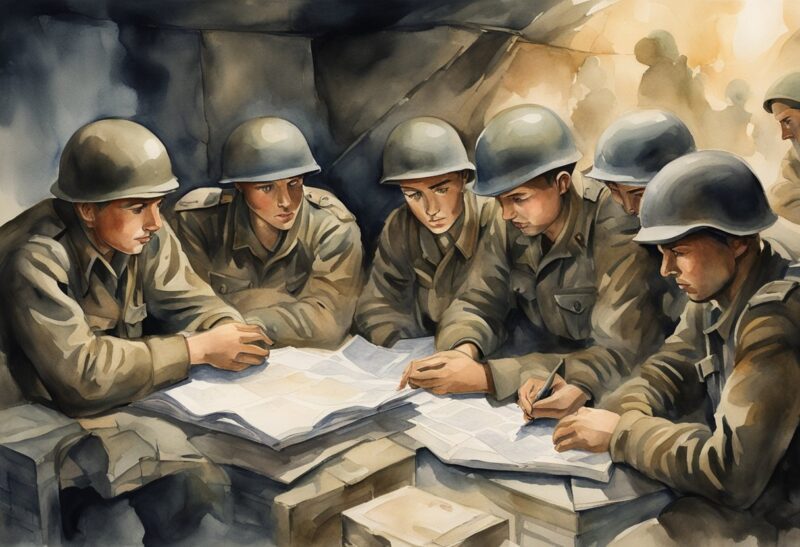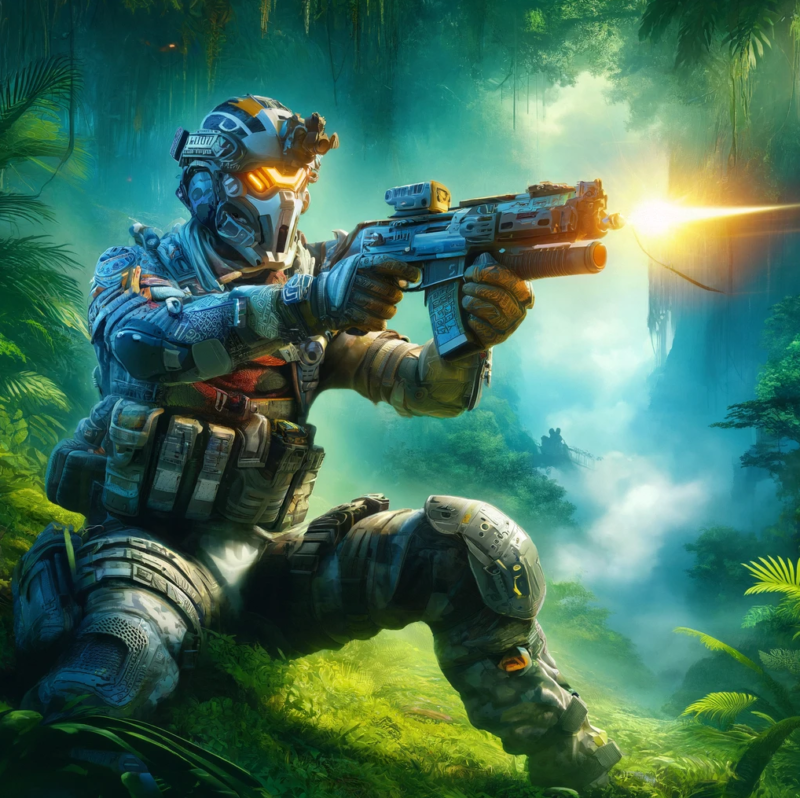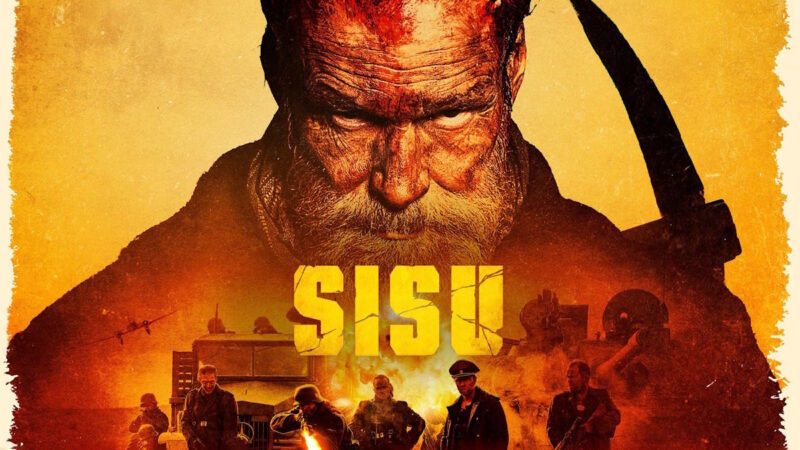Movie Review ‘All Quiet on the Western Front’ (Germany 2022, Directed by Edward Berger): My Thoughts on This Harrowing War Epic.
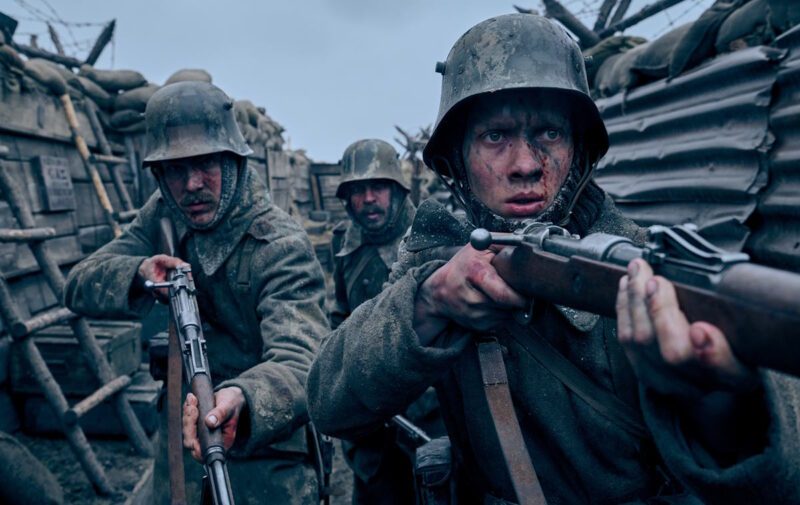
Movie Review ‘All Quiet on the Western Front’ (Germany 2022, Directed by Edward Berger)
Table of Contents
I recently watched the new German adaptation of ‘All Quiet on the Western Front’ and it left me speechless. This powerful film, directed by Edward Berger, brings Erich Maria Remarque’s classic anti-war novel to life in a way that feels both timeless and urgently relevant.
As the first German-made version of this story, Berger’s film offers a uniquely authentic perspective on the horrors of World War I. The German-language production adds an extra layer of poignancy to the narrative, immersing viewers in the experiences of young German soldiers on the Western Front.
What struck me most about this 2022 adaptation was its visceral portrayal of war. The stunning visuals and sound design create a sensory experience that’s both beautiful and brutal. I found myself gripped by the film’s unflinching depiction of trench warfare and the psychological toll it takes on its young protagonists.
Director’s Vision and Approach
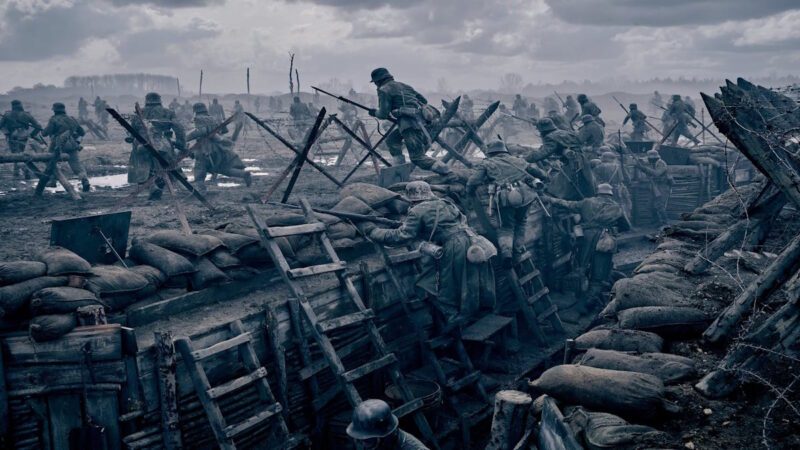
Edward Berger’s take on ‘All Quiet on the Western Front’ left a big impact on me. I was struck by how he brought Remarque’s powerful story to life on screen in a fresh way.
Edward Berger’s Interpretation
As a German filmmaker, I think Berger brought a unique perspective to this classic tale. He aimed to give an unheroic vision of war, which really came through in the brutal scenes. I felt the weight of every explosion and gunshot.
Berger’s choice to film in German added authenticity for me. It made the soldiers’ experiences feel more immediate and real. The gritty visuals and sound design pulled me right into the trenches with the characters.
Influence of Erich Maria Remarque’s Novel
I could see how deeply Remarque’s novel shaped Berger’s adaptation. The director stayed true to the book’s anti-war message and raw depiction of a soldier’s life. But he also put his own stamp on the material.
Berger expanded on some elements, like adding more about the armistice negotiations. This gave me a broader view of the war’s final days. Still, he kept the focus tight on the young soldiers and their struggles.
The film captured the novel’s themes of lost innocence and the futility of war. But Berger’s visual style made these ideas hit even harder for me as a viewer.
Cast and Characters
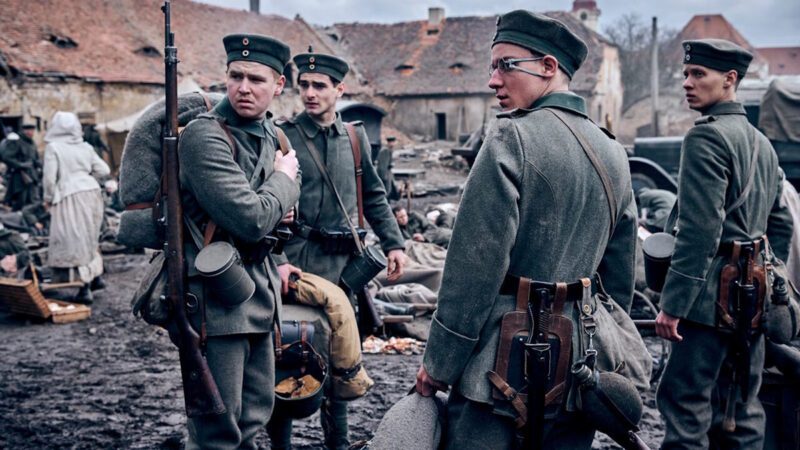
The actors in this film really brought the horrors of World War I to life. I was impressed by how they portrayed the German soldiers’ experiences so vividly and emotionally.
Felix Kammerer as Paul Bäumer
Felix Kammerer’s performance as Paul Bäumer blew me away. As a young German soldier thrust into the brutality of trench warfare, Kammerer conveyed Paul’s innocence, fear, and gradual disillusionment so powerfully. I felt like I was right there with Paul as he faced the harsh realities of combat.
His expressive eyes and body language spoke volumes, even in quiet moments. I really connected with Paul’s internal struggle as he tried to hold onto his humanity amidst so much death and destruction. Kammerer made Paul feel like a real person, not just a character in a war movie.
Albrecht Schuch’s Performance
Albrecht Schuch was another standout for me as Stanislaus ‘Kat’ Katczinsky. As Paul’s mentor figure, Schuch brought a world-weary wisdom and dark humor to the role that I found compelling. His scenes with Kammerer had a natural chemistry that made their bond feel authentic.
I appreciated how Schuch subtly showed Kat’s own trauma and vulnerability beneath his tough exterior. His performance added depth to the portrayal of seasoned soldiers coping with the endless brutality of the war.
Supporting Characters Depth
The supporting cast also left a strong impression on me. Daniel Brühl brought nuance to his role as a German politician pushing for peace. Aaron Hilmer and Moritz Klaus stood out as Paul’s fellow young recruits, their performances highlighting the loss of innocence.
I felt the actors playing officers and commanders effectively showed the disconnect between military leadership and front-line soldiers. Even characters with limited screen time felt fully realized to me.
German Soldiers Portrayal
I found the film’s depiction of German soldiers to be refreshingly complex and human. Rather than one-dimensional villains, they were shown as ordinary men caught up in the machinery of war. The actors conveyed a range of reactions – from patriotic fervor to disillusionment and despair.
I appreciated seeing the psychological toll of combat on the German troops. Their struggles with fear, guilt, and trauma felt universal to me. The cast brought depth and nuance to their roles, avoiding stereotypes.
Historical Context and Accuracy
I found the film’s portrayal of World War I and Germany during that era to be incredibly eye-opening. It made me reflect on the harsh realities of war and how it shaped Europe’s political landscape.
Depiction of World War I
The movie’s depiction of World War I felt painfully real to me. I was struck by the brutal trench warfare and the use of new technologies like tanks and poison gas. The scenes of soldiers charging across no man’s land left me feeling their terror and desperation.
I appreciated how the film showed the war’s toll on both body and mind. The constant fear, the lack of food, and the horrific injuries all felt true to what I’ve read about WWI.
The senseless violence and futility of the conflict really hit home for me. I could see why this war shattered ideals of glory and honor in battle.
Germany’s Representation
I found the German perspective refreshing and insightful. The film didn’t shy away from showing German war crimes, but it also humanized the German soldiers.
I was fascinated by the glimpses of German society – the kaiser, the nationalism, the way God was invoked to justify the war. It made me think about how Germany’s defeat in WWI set the stage for the rise of the Nazis.
The scenes with Matthias Erzberger negotiating Germany’s surrender were especially poignant to me. I could feel the weight of history in those moments.
The Political Landscape
The film’s portrayal of the political maneuvering behind the war was eye-opening for me. I hadn’t realized how much the old aristocratic order still held sway in 1917 Germany.
I was struck by how the politicians and generals seemed so removed from the realities of the front. Their obsession with abstract concepts like national honor felt criminal given the suffering of the soldiers.
The seeds of future conflict were clear to me. I could see how the bitterness of defeat and the harsh terms of surrender would fuel German resentment and nationalism in the years to come.
Cinematography and Visuals
The visuals in ‘All Quiet on the Western Front’ left me stunned. I’ve never seen war portrayed so vividly and brutally on screen before. The cinematography brings the horrors of trench warfare to life in a way that’s both beautiful and terrifying.
Trench Warfare Representation
The trenches in this film felt claustrophobic and oppressive. I could almost smell the mud and feel the damp seeping into my bones. The camera work really puts you right there with the soldiers. Tight shots in the narrow trenches made me feel trapped.
When the action moves above ground, the vast, bleak landscapes are striking. The contrast between the cramped trenches and open battlefields is jarring. Smoke, explosions, and bodies litter the screen. It’s chaotic and disorienting, just like real combat must be.
James Friend’s Camera Work
I was blown away by James Friend’s cinematography. His camera moves fluidly through the trenches, following the action seamlessly. During battle scenes, the handheld camerawork adds to the chaos and confusion.
Friend uses light and shadow masterfully. Scenes in the trenches are dark and gloomy. Brief moments of beauty, like sunlight through trees, feel bittersweet. The muted color palette of browns and grays adds to the bleak atmosphere.
Some of the wide shots are breathtaking. Seeing hundreds of soldiers charge across no man’s land is awe-inspiring and horrifying at the same time.
Visual Interpretation of Horror
This film doesn’t shy away from showing the brutality of war. The violence is graphic and intense. I often wanted to look away but couldn’t.
The visuals hammer home the horror of trench warfare. Rats scurry over corpses. Soldiers wade through knee-deep mud mixed with blood. The camera lingers on mangled bodies and blown-apart trenches.
Even quiet moments are filled with dread. A serene forest suddenly erupts in gunfire. A beautiful sunrise is marred by distant explosions. The contrast between moments of peace and sudden violence is chilling.
Narrative and Screenplay
The screenplay for this adaptation brings new depth to the classic story. I found it gripping and emotionally resonant. The writers crafted a narrative that felt both timeless and urgently relevant.
Lesley Paterson & Ian Stokell’s Script
I was impressed by how Paterson and Stokell’s script brought the horrors of World War I to life. Their writing vividly portrayed the brutality and senselessness of trench warfare. I felt the characters’ fear, exhaustion, and growing disillusionment.
The dialogue rang true to me, capturing the voices of young soldiers facing unimaginable circumstances. Moments of dark humor provided brief respite from the grim reality.
I appreciated how the script didn’t glorify violence, instead showing its devastating human toll. The writers didn’t shy away from graphic depictions, but these felt necessary rather than gratuitous to me.
Story Development
In my view, the story unfolds with a sense of crushing inevitability. I was struck by how it follows the protagonist Paul from naive enthusiasm to bitter disillusionment.
The writers expanded on Remarque’s novel in ways I found meaningful. New scenes and characters added depth while staying true to the source material’s spirit.
I liked how the story wove together intimate character moments with larger historical events. This gave me a sense of individuals caught up in forces beyond their control.
The pacing felt relentless to me, mirroring the grueling nature of trench warfare. Quieter moments of reflection provided necessary contrast.
Emotional Arcs of Characters
I found the character development compelling and tragic. Paul’s emotional journey from idealistic schoolboy to hardened soldier felt authentic to me.
The script deftly portrayed the bonds between soldiers, making their losses all the more devastating. I was moved by how characters grappled with guilt and shame over their actions.
Secondary characters were given depth that made them feel like real individuals to me. Even brief appearances left lasting impressions.
I appreciated how the screenplay showed the psychological toll of war. The characters’ struggles with trauma and moral injury were painfully believable.
Sound and Music
Volker Bertelmann’s Score
I found Volker Bertelmann’s score to be haunting and innovative. He used a harmonium from the 1800s to create unsettling sounds that perfectly captured the horror of war. The repetitive three-note motif stuck in my head long after the movie ended.
I loved how Bertelmann avoided traditional orchestral war movie music. Instead, he crafted a sparse, industrial-sounding score that felt cold and mechanical – just like the war machines on screen.
At times, the music was so intense it made me physically uncomfortable. But I think that was the point. It mirrored the characters’ experiences and put me right there with them.
Sound Design
The sound design in this film knocked me off my feet. Every explosion, gunshot, and scream felt disturbingly real. I was amazed by how the sound designers used audio to create a 360-degree battlefield around me.
The constant rumble of artillery in the distance kept me on edge. Even in quieter scenes, I could hear shells falling miles away. It gave me a sense of the war’s massive scale.
I noticed how they used silence strategically too. The sudden absence of sound after intense battle scenes was jarring and effective. It made me feel the shellshock and disorientation of the soldiers.
Aural Impact on Viewers
Personally, I found the sound in this film more impactful than the visuals. The stunning sound design rattled my chest and set my teeth on edge. At times, I wanted to cover my ears.
I felt physically drained after watching because of the relentless audio assault. But it gave me a tiny taste of the exhaustion soldiers must have felt.
The combination of Bertelmann’s unsettling score and hyper-realistic sound effects created an atmosphere of dread that I’ve never experienced in a war film before. It made the horrors of WWI feel immediate and visceral in a way I’ll never forget.
Themes and Motifs
‘All Quiet on the Western Front’ explores powerful themes that resonated with me deeply. The film’s unflinching portrayal of war’s brutality, loss of innocence, and anti-war message left a lasting impact.
Horror of War
The movie doesn’t shy away from showing the grim realities of combat. I was struck by the visceral depictions of trench warfare, with soldiers enduring constant shelling, mud, and disease.
The harrowing battle scenes made me feel the chaos and terror the young men experienced. Bodies torn apart by explosions, poison gas attacks, and hand-to-hand combat – it’s all shown in gruesome detail.
I found the futility of it all deeply unsettling. Men die senselessly for small bits of land, only to lose them again days later. The film really drove home for me the massive scale of death and suffering in World War I.
Youth and Innocence Lost
The main characters start as eager schoolboys, swept up in patriotic fervor. But I watched their youthful optimism quickly shattered by the harsh realities of war.
Paul and his friends age beyond their years, forced to become killers to survive. Their innocence is stripped away as they witness endless death and commit violent acts themselves.
I was moved by how the film contrasts their pre-war lives with the nightmare of the trenches. Flashbacks to happier school days emphasize how much these young men have lost. By the end, even the survivors seem irreparably damaged by their experiences.
Pacifism and Anti-War Sentiment
Like Remarque’s original 1929 novel, the film has a clear anti-war message. I felt it powerfully conveyed the senselessness of the conflict.
The politicians and generals who start wars are shown as detached from the brutal realities faced by common soldiers. I was angered by scenes of leaders casually discussing casualties over lavish meals.
By focusing on German soldiers, traditionally seen as ‘the enemy’, the film emphasizes our shared humanity. I found myself empathizing with these young men, regardless of which side they fought on.
The futility of war is driven home as the fighting continues right up until the armistice. The final scenes left me with a profound sadness at so much wasted life.
Cultural and Social Impact
This new adaptation of ‘All Quiet on the Western Front’ has deeply affected me and many others. I’ve seen how it resonates with today’s world and sparked important conversations about war and society.
Contemporary Resonance
I can’t help but notice how this film speaks to our current times. The rise of populist leaders and right-wing fascists in some countries reminds me of the political climate that led to World War I.
I think the movie serves as a powerful warning about the dangers of extreme nationalism and militarism. It makes me reflect on how propaganda can manipulate young people, just like it did with Paul and his friends in the story.
The film’s anti-war message feels especially relevant given ongoing conflicts around the world. I believe it encourages us to question authority and think critically about calls to violence.
Critics and Audiences Reception
I was thrilled to see ‘All Quiet on the Western Front’ win the Oscar for Best International Feature. It was even nominated for Best Picture, which I think shows how much it resonated with audiences and critics alike.
Many reviewers praised the film’s brutal honesty about war’s horrors. I agree with them – the visceral depiction of trench warfare left a lasting impact on me.
Some critics compared it to other great war films, but I feel its German perspective sets it apart. It made me think about how different countries view historical events.
I’ve noticed heated debates online about the film’s historical accuracy. While some nitpick details, I believe the emotional truth of the soldiers’ experiences shines through.
Release and Distribution
I was excited to see this powerful war film reach audiences through different channels. It made a big splash at film festivals before hitting theaters and streaming. Here’s how it all unfolded:
Netflix’s Role
Netflix played a huge part in bringing this movie to viewers like me. They bought the rights to stream it worldwide, except in Germany. I love that they’re investing in international films. It meant I could watch it from home when it dropped on October 28, 2022. Netflix really pushed the film, which helped it reach a wider audience. I think their backing also gave it a boost in the awards race.
Acclaim in International Festivals
The movie wowed crowds at festivals before I got to see it. It premiered at the Toronto International Film Festival on September 12, 2022. I wish I could’ve been there! It also showed at the BFI London Film Festival in October. Critics raved about it, which got me hyped to watch. These festival showings built buzz for the Oscar race too.
Theatrical Release
Even though it was mainly a Netflix film, I was glad it got some big-screen time. It had a limited run in theaters starting October 14, 2022. This was just in time for Oscar eligibility. I caught it at my local cinema and the impact was huge on the big screen. The sound and visuals were intense. It only played in select theaters, mostly arthouses, but I think that exclusivity added to its appeal.
Personal Reflections
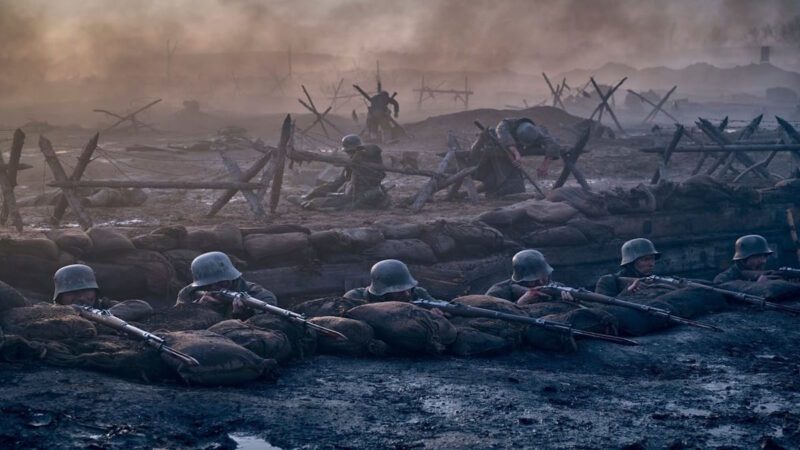
Watching ‘All Quiet on the Western Front’ hit me hard. It made me think about war and how it affects young people. I felt a mix of emotions as I watched the boys on screen.
The Film’s Impact on Me
I was shaken by the brutal portrayal of war. The scenes of violence made me flinch. I felt like I was right there with the soldiers in the trenches.
The movie showed how quickly excitement can turn to fear. At first, the boys were eager to fight for their country. But soon, they faced the harsh reality of battle.
I felt guilty watching from the safety of my home. The film made war feel real, not like an amusement park ride. It stuck with me for days after.
Lessons for the Modern Viewer
This movie taught me that war isn’t glorious. It’s messy, scary, and sad. I realized how lucky I am to live in peace.
The film made me question blind patriotism. The boys believed in their fatherland, but it led them to horror. I now think more critically about calls to war.
I learned that soldiers are just regular people. They have fears and doubts like anyone else. This German-made version helped me see the other side of the story.
The movie shows that war hurts everyone involved. I’ll remember this when I hear about conflicts in the news.
Frequently Asked Questions
What themes are explored in the 2022 adaptation of ‘All Quiet on the Western Front’?
I noticed the film digs deep into the futility of war. It shows how young soldiers lose their innocence and humanity. The movie also explores the psychological toll of combat on soldiers.
I felt the themes of disillusionment and loss of hope were very strong. The contrast between the idealistic recruits and the harsh reality of trench warfare really stood out to me.
How does Edward Berger’s direction influence the storytelling in ‘All Quiet on the Western Front’?
Berger’s direction gave me a visceral experience of the war. I think he used sound and visuals expertly to create an immersive atmosphere.
His approach felt very raw and realistic. I noticed he didn’t shy away from showing the brutal aspects of combat. The haunting cinematography really stuck with me.
Can you describe the level of violence and its impact on viewers in ‘All Quiet on the Western Front’?
I found the violence in this movie to be intense and graphic. It doesn’t hold back in showing the horrors of war.
The brutal and bleak portrayal of combat left a strong impact on me. I think it’s important to note that sensitive viewers might find some scenes disturbing.
What are the differences between the 2022 movie and the original ‘All Quiet on the Western Front’ novel?
While the movie stays true to the novel’s anti-war message, I noticed some changes. The film adds new characters and plotlines not present in the book.
I felt the movie expanded on certain themes and modernized the storytelling. It also includes more focus on the political aspects of the war’s end.
How does the 2022 version of ‘All Quiet on the Western Front’ compare to the 1979 movie?
The 2022 version felt more intense and graphic to me compared to the 1979 film. I think the newer adaptation uses modern filmmaking techniques to create a more immersive experience.
This version also puts more emphasis on the German perspective. I noticed it delves deeper into the political climate of the time.
Is ‘All Quiet on the Western Front’ (2022) appropriate for younger audiences, considering its age rating?
In my opinion, this movie isn’t suitable for young viewers. The graphic violence and intense themes are more appropriate for mature audiences.
I’d recommend parents watch it first before deciding if it’s okay for older teens. The film’s depiction of war is very realistic and could be upsetting for some viewers.
Where can I watch or buy the movie?
The full movie can be purchased here!


